Sliding gate operator limit sensor – Magnetic mechanism
A sliding gate operator limit sensor with a magnetic system is one type of limit sensor that uses magnets mounted on the gate and a corresponding magnetic sensor to detect the gate’s position and stop its movement at the desired open and closed limits.
When the magnet nears the sensor, it triggers a signal that cuts power to the motor, preventing the driveway gate opener from over-traveling. This mechanism ensures the gate stops precisely at the pre-set positions, enhancing both functionality and safety.
Usually, the Sliding gate operator limit sensor – Magnetic mechanism is used on the sliding gate opener and some types of swing gate operators.
More information about the sliding gates:
Sliding gate automation is usually included on the gate.
The single sliding gate is wider than the width of your driveway. It slides to one side of the drive opening on wheels that run along a track.
A single electric gate opener is mounted to one side of the drive entrance. The sliding gate motor is positioned so that a cog on the motor’s output shaft meshes with a toothed rack mounted along the inside of the gate. Therefore, as the electric sliding gate motor turns, the cog rotates in the rack and draws the gate along.
A sliding gate opens along a length of straight gate track more than twice the width of the driveway. This starts at the pillar or gate post on one side of the opening and crosses the drive past the opposite pillar. The sliding gate track is long enough for the gate to slide along to completely clear the drive entrance.

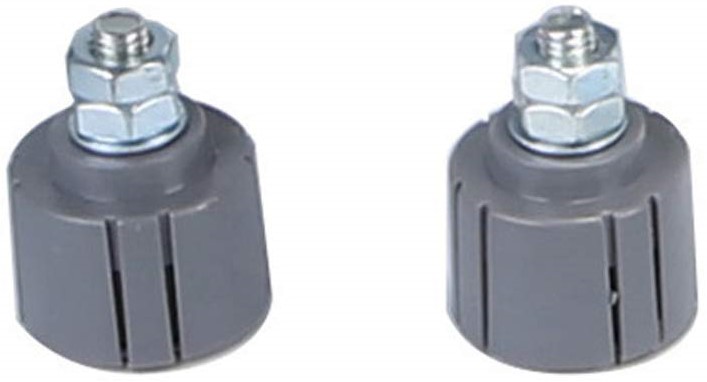
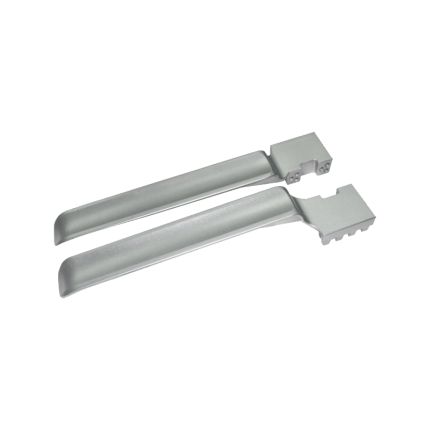
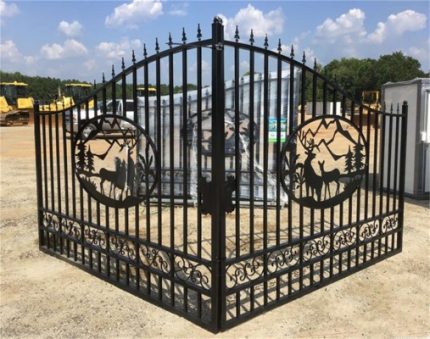

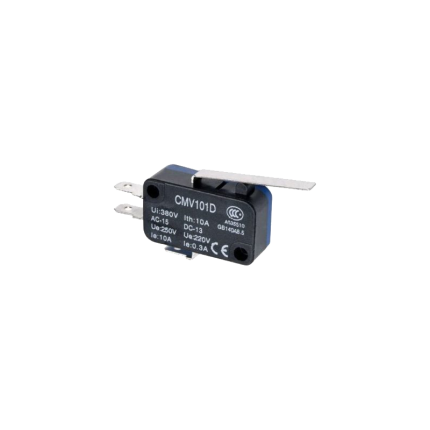

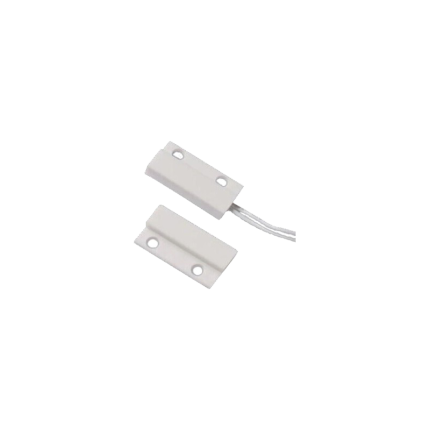
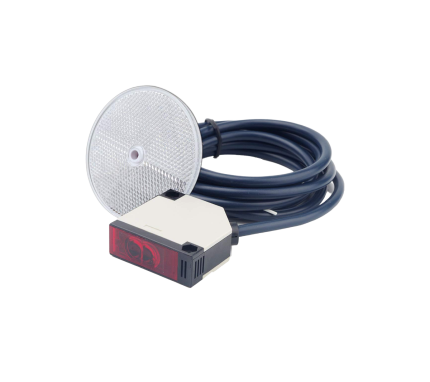
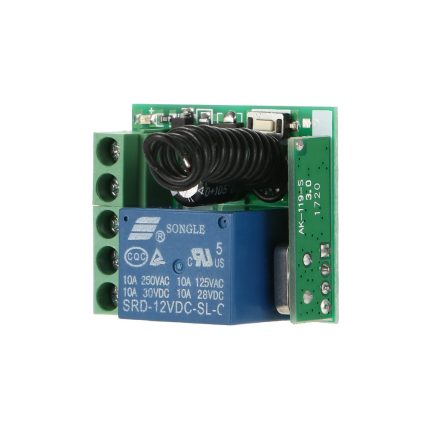
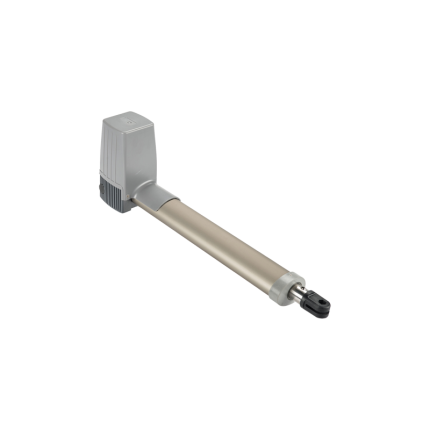
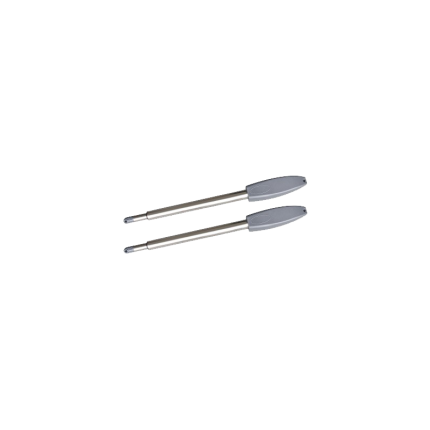
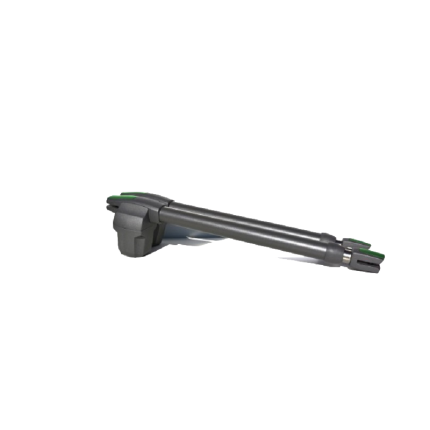
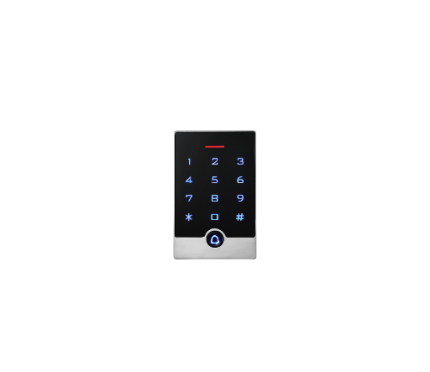
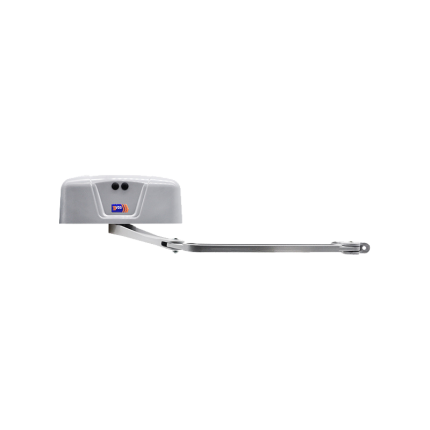










Reviews
There are no reviews yet.